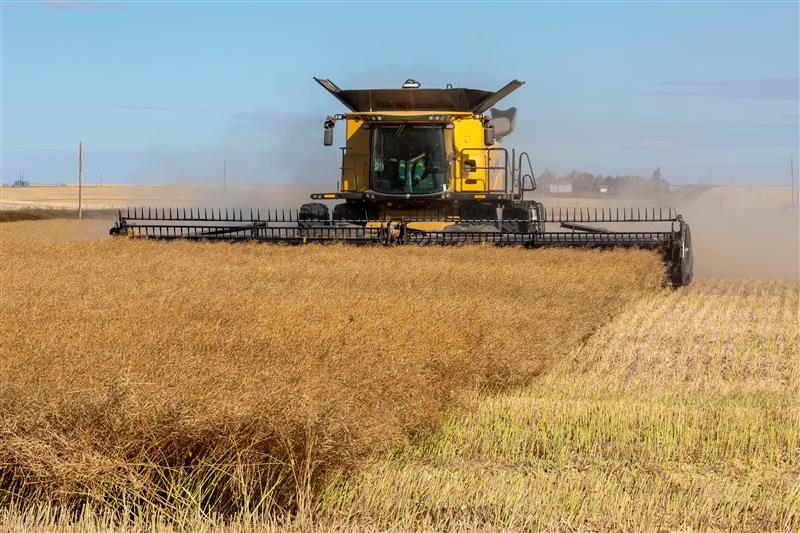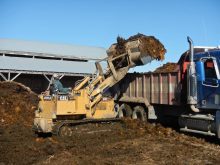Nick Parsons got back to his home at Farmington, B.C., last week and promptly sent a hand-written letter to prime minister Jean ChrŽtien, reminding him of the need for farm aid.
Parsons, who took seven weeks to drive a combine from his farm to Ottawa in February and March, met the prime minister while in the capital.
“With the dust settled and back in routine on our family farm near Dawson Creek, life for our family is back to normal,” he wrote.
But the same cannot be said for farmers in the Peace River, northeastern Alberta, southeastern Saskat-chewan and southern Manitoba, said Parsons.
Read Also

European wheat production makes big recovery
EU crop prospects are vastly improved, which could mean fewer canola and durum imports from Canada.
He called on Ottawa to make a payment of at least $50 per acre for seeded 1999 acres in those areas.
“It would be money well spent for all businesses in these areas and for their future,” Parsons said.
“I ask on behalf of them you will respond favorably.”
There was no public response from the prime ministers’ office.
More civil servants
For the first time in nine years, the number of Canadians working for government rose slightly in 1999, returning to employment levels not seen since 1985.
Statistics Canada reports that 2.8 million Canadians worked for federal, provincial, territorial or municipal governments last year, an increase of 900 people.
“This is the first such rise in seven years,” said the federal agency.
The largest increases came in the Progressive Conservative provinces of Alberta and Ontario, where 9,000 new civil servants were added.
By contrast, Quebec still was struggling with deficit control and last year, 12,000 government jobs were eliminated, mainly in hospitals and universities.
With deficits eliminated in most jurisdictions, governments are restoring some programs slashed during the four years of budget balancing.















